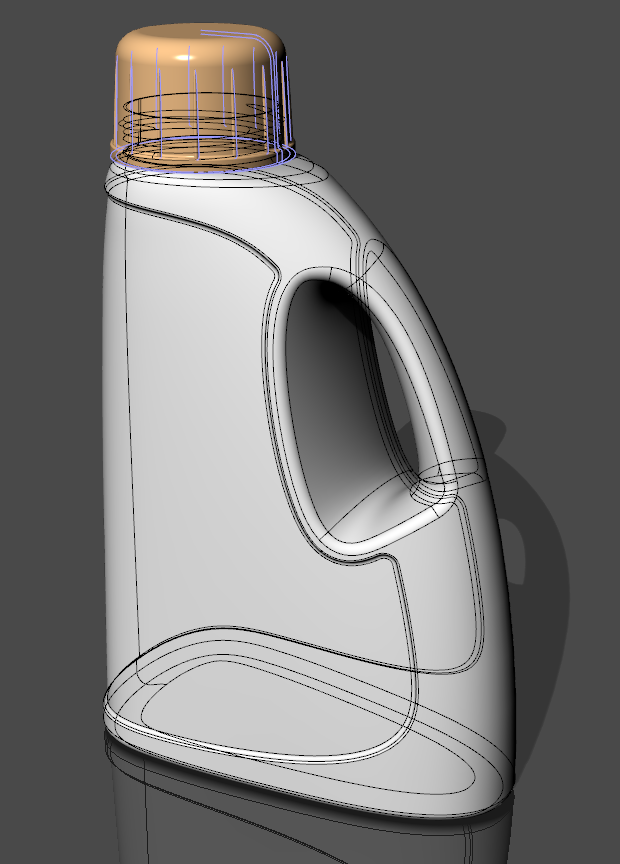


5 in vray, but will actually continue to render a cone angle of 1.0.

5 for all 100 lights … however, vray will only render and rhino will only shrink the icon for cone angle for a single light … the remaining 99 lights will report a cone angle value of. 5 … then vray will report a cone angle of. For example, if I “select all” for a layer of 100 lights and then click ‘edit in vray’ and then change the cone angle from 1.0 to. Vray changes its display settings for all the lights, but the new settings do not flow to all the lights in the Rhino. What happens: The changes only affect a single light, although all the lights are highlighted as selected in rhino view. What I do: choose the lights layer, select all, click edit in vray, and then make changes to the fixture settings in vray. I’d like to edit light settings via select all. Generally, the Quality presets will work for a wide variety of scenes and you do not need to adjust the settings any further.I have 100 lights on a layer. Changing the Quality preset from the Render rollout sets a number of options with appropriate values for the selected preset. The exposed controls vary depending on the combination of selections between CPU/GPU, Interactive/ Production, and Progressive/Bucket options. Note that the displayed options in the Advanced settings rollouts change in accordance with the settings from the Default panel. The default options usually work for different scenes, but if access to more advanced options is needed, the right-hand side panel of the Asset Editor provides those. V-Ray Settings are organized in two panels - the main one exposes the default options for a scene setup. They can be accessed from the Asset Editor in the Settings tab. V-Ray Settings provide control over the parameters that adjust the rendering process. This page introduces the render settings in V-Ray for Rhino.


 0 kommentar(er)
0 kommentar(er)
